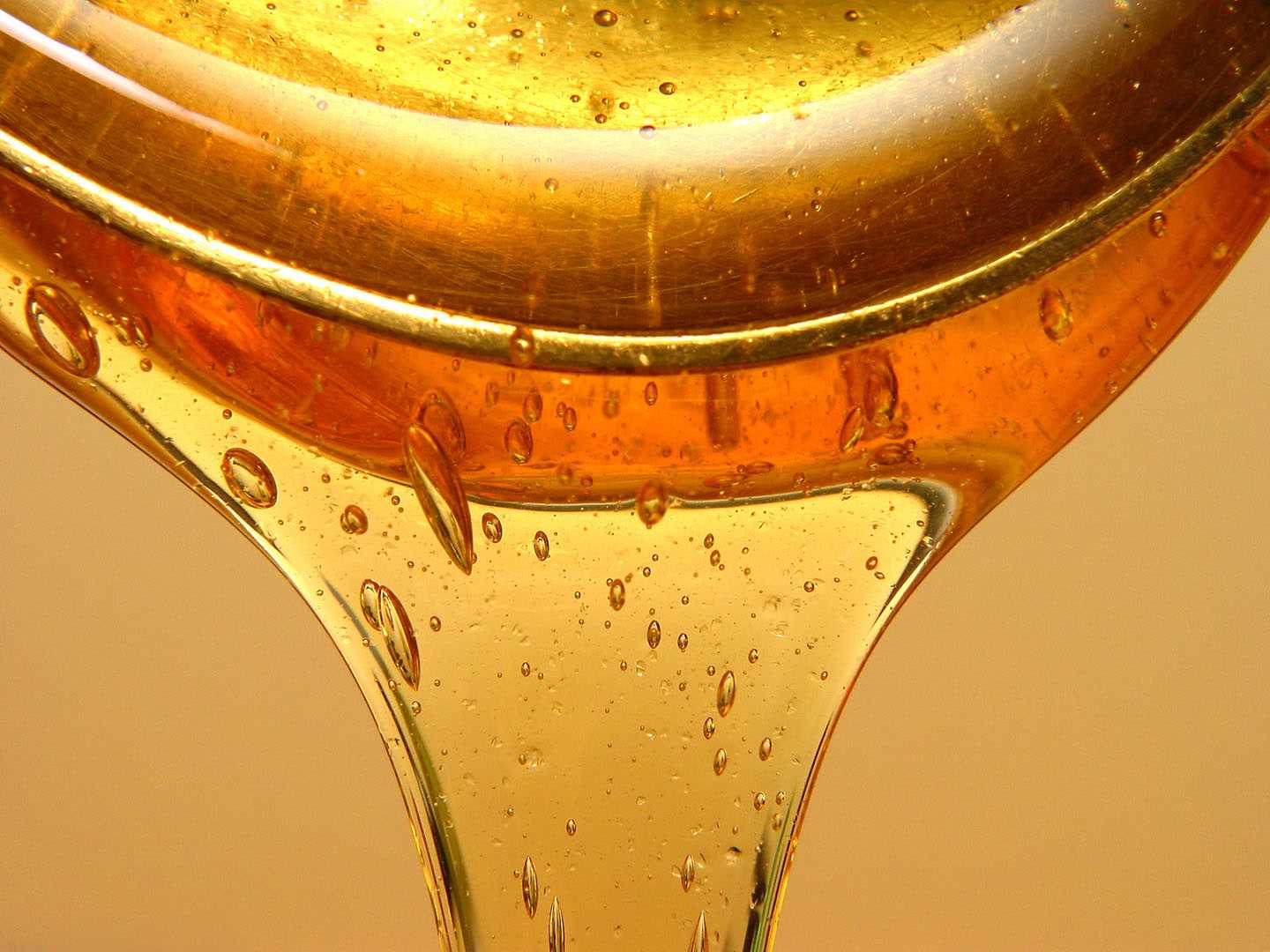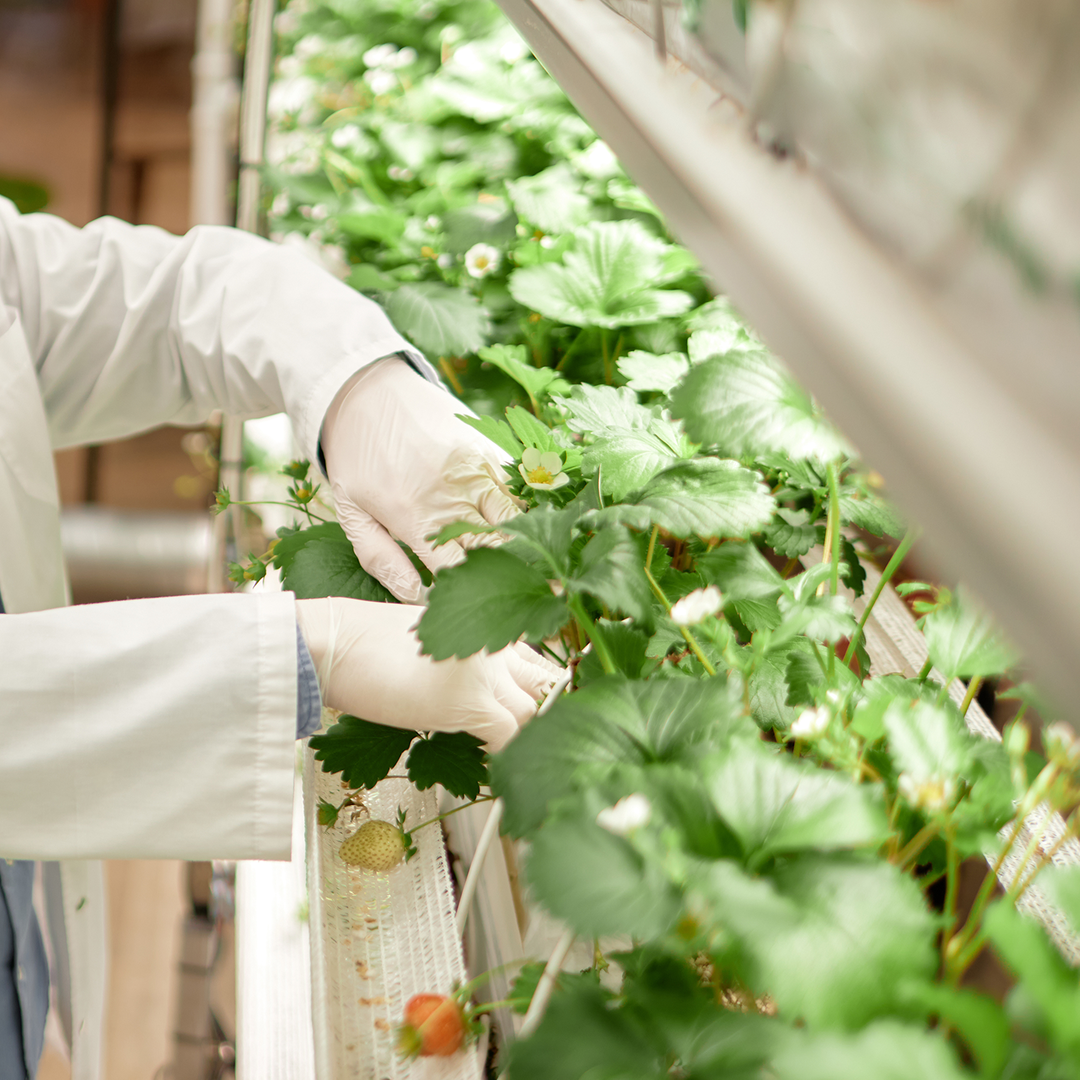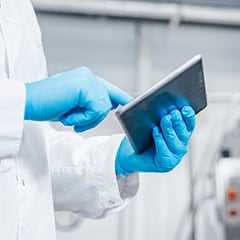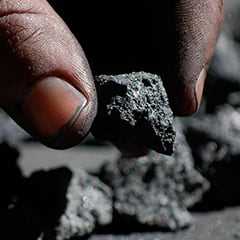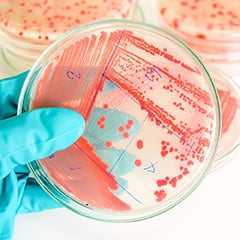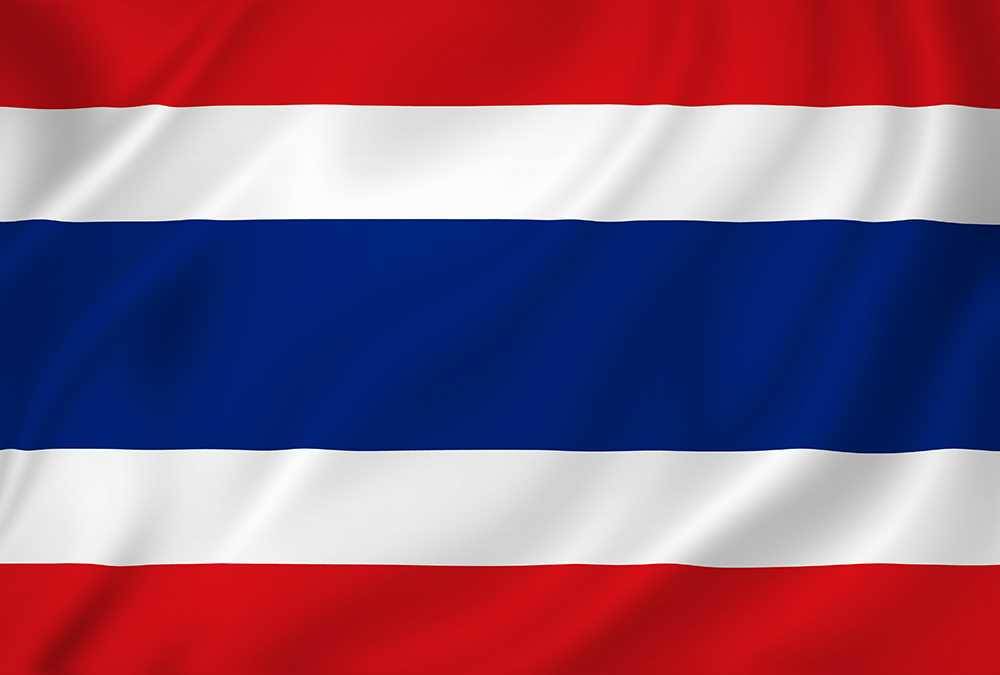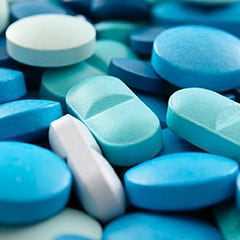Our services
General methods
- Laser diffractometry, EP 2.9.31: determination of particle size
- IR-microscopy (transmission / reflection / ATR): testing for drug authenticity / drug counterfeits, analysis of film thickness
- Characterisation of nanomaterials in ready-to-use medicinal products
- Spectroscopy / spectrometry: IR spectroscopy, UV-VIs spectroscopy, mass spectrometry, mass spectrometry with inductively coupled plasma (ICP-MS/OES)
- Thin layer chromatography: identity testing, semiquantitative purity tests, quantitative purity tests, content determinations
- Gas chromatography (GC, GC-MS): content determination / determination of RLM, identity checks, detectors: DAD, MS, TCD, feed systems: head space and split / splitless
- Liquid chromatography (HPLC, HPLC-MS): content determination, testing for related substances, identity checks, detectors: fluorescence, DAD, UV/Vis, MS, RI
- Sterility tests using two isolators
- Endotoxin determinations, method A and C
- Test for absence of THC
- Paper chromatography
- Determination of total organic carbon (TOC)
- Clarity and opalescence of liquids
- Colouring of liquids
- Conductivity
- pH value: potentiometric method, indicator method
- Relative density
- Drying loss
- Potentiometric titration
- Optical rotation
- Viscosity (rotational viscometry)
- Brookfield viscosity
- Refractive index
- Melting temperature
- Boiling temperature
- Distillation area
Identity testing of pharmaceuticals
- Ions and functional groups
- Fatty oils by thin-layer chromatography
- Phenothiazines by thin layer chromatography
Limit tests for pharmaceuticals
- Ammonium
- Arsenic
- Calcium
- Chloride
- Magnesium
- Heavy metals
- Iron
- Phosphate
- Potassium
- Sulfate
- Ash/sulphated ash
- Free formaldehyde
- Alkaline reacting substances in fatty oils
- Determination of metal residues
- Testing of fatty oils for foreign oils by thin layer chromatography
- Fatty acid composition
- Sterols in fatty oils
- Determination of solvent residues
Determination of the content of pharmaceuticals
- Acid value
- Ester value
- Hydroxyl number
- Iodine number
- Peroxide number
- Saponification number
- unsaponifiable parts
- Complexometric titration
- Karl Fischer method
- Phenol in sera and vaccines
- Protein in polysaccharide vaccines
- Nucleic acids in polysaccharide vaccines
- Phosphorus in polysaccharide vaccines
- Protein content
Methods of pharmacognosy
- Ash insoluble in hydrochloric acid
- Foreign components
- Stomata Index
- Source number
- Pesticides
- Determination of tannin content in herbal drugs
- Bitter value
- Dry residue and drying loss of extracts
- Aflatoxins B1 in herbal drugs
- Analysis for aistolochic acids in herbal drugs
- Ochratoxin in herbal drugs
- Microscopic examination of herbal drugs
Methods of pharmaceutical technology
- Decay time of tablets and capsules
- Decay time of suppositories and vaginal suppositories
- Drug release from solid dosage forms by dissolution tester (on-/offline)[Paddle and Basket]
- Compilation of release profiles (PMP/EWP/QWP/1401/98), compilation of bioequivalence studies, biowaver
- Friability (abrasion)
- Tablet hardness
- Uniformity of content and mass of single-dose dosage forms
- Visible particles
- Particle size distribution
- Particle contamination - invisible particles
- Determination of the extractable volume of parenteralia
- Ethanol content
- Methanol and 2-propanol
- Microscopy
 Search
Search
 français
français
 Login
Login










